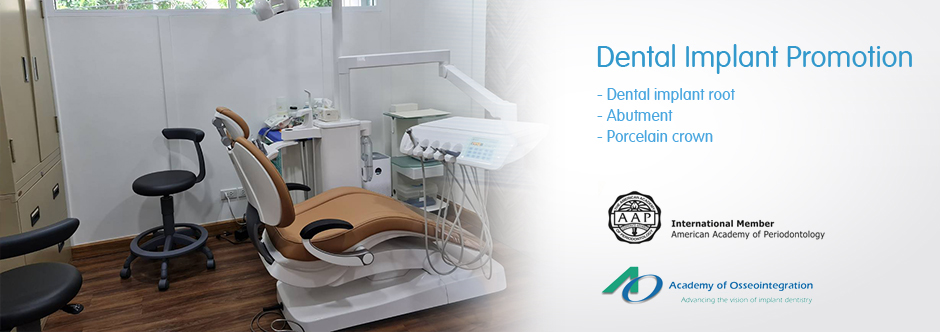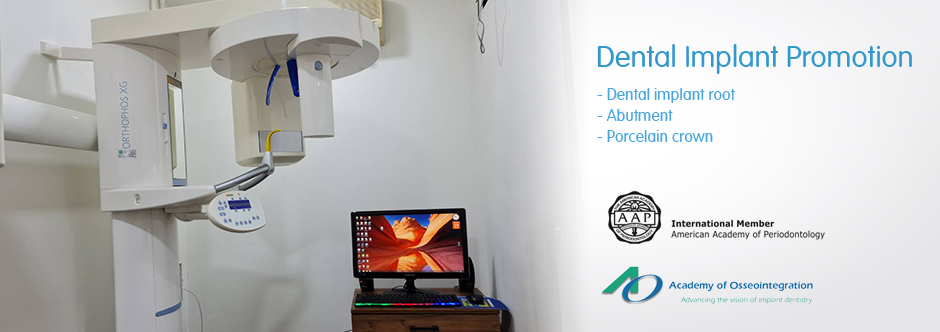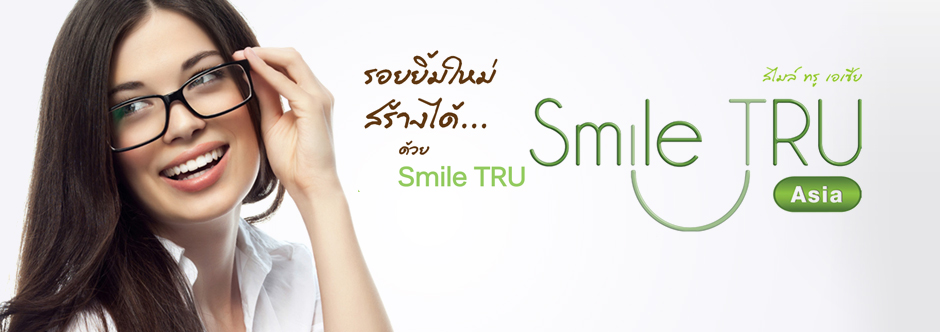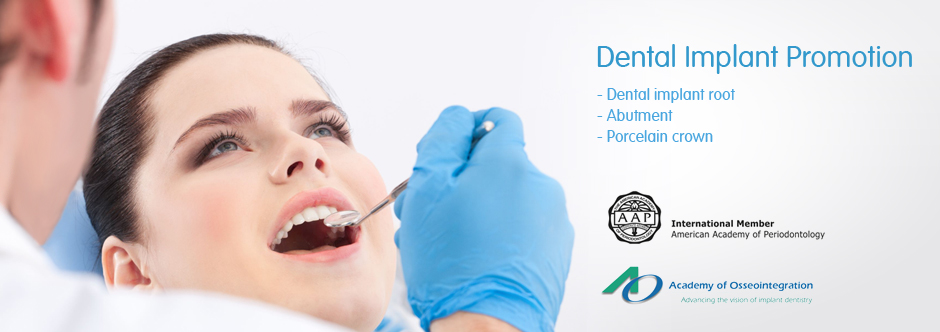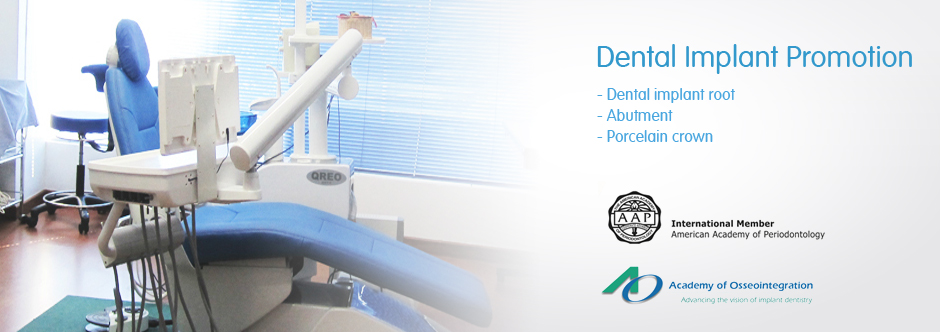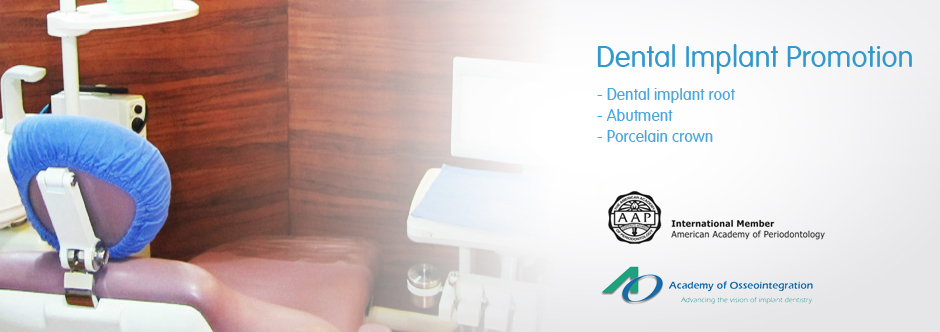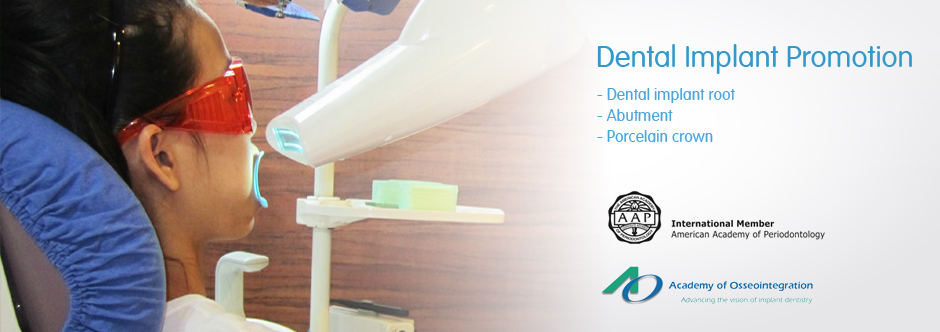TMD Therapy
TEMPEROMANDIBULAR DISORDER ,TMD
Temperomandibular Disorder (TMD) is a pathology in the Temperomadibular Joints (TMJ) which is originated mostly from a malocclusion. The occlusion is the function of the upper and the lower jaws.
The Upper Jaw or the Maxillary bones are non- mobile bones at the mid face area. It is the base for all the upper teeth and forms the palate of oral cavity which are also the housing for the lower jaws. It also serves as the floor of the airway passage and supports a part of the orbit. The Maxilla is a functional bone and may be under developed by habits such as thumb sucking or pacifier in young age, mouth breathing, and tongue thrust (Baby swallowing pattern). These habits can cause the Maxilla to be narrow in width. The Maxilla can also be short in length from early primary tooth loss or extractions of the permanent teeth especially premolar extraction. These problems post a very detrimental effect to the occlusion. It entraps the mandible and drives the condyles of the lower jaws to be in back and up position. The normal position of the TMJ is “Down & Forward”. So, back & up is a pathologic position of the TMJ. The muscles that support the TMJ and the cartilage disc in the TMJ are starting to work constantly trying to keep the discs on the condyles on the hand, the malocclusion is constantly driving the discs off the condyles. Many times, the hosts can feel the “Clicking or popping” sounds when they are opening or closing the mouth. This is called “Self Reducing Stage of TMD”. At the end of Self Reducing Stage the disc is already damaged and require a period of healing. As the TMD progress on to the 4th decade of life the clicking noise disappear and the mouth opening is less than 50 mm. The host can not open the mouth as wide as before and the muscles quickly get fatigued and painful. These are the signs for “Non-Reducing Stage of TMD”. At this stage the discs are medially displaced and may be deformed. Finally, the TMJ and the Disc are completely destroyed. This condition is called arthrosclerosis of the TMJ. Pain and depression are major issues. Chewing becomes very painful and sometimes the jaw can not open at all.
Symptoms of TMD:
-Headaches & Migraine
-Head & neck pains
-Back, shoulder & arm pains
-Vertigo
-Tinnitus
-Hearing loss
-Sympathetic Nervous System: GI Disturbance
-Reducing ability to open the mouth (Less than 50 mm.)
-Night Grinding*:-Leading to wearing facet on the tooth cusps, fracture of fillings, or crowns, or even tooth fracture; Root canal without caries; Severe loss of periodontal tissue without a lot of plaque & calculus deposits.
-Asymmetry face: As a consequence patients usually tilt their heads to equalize with the horizon. This cause a long term threat to the vertebra.
-Sleep Apnea: Panda Eyes
-Depression
If you experience one or more of these problems, an examination which includes oral examination, Extra- Oral & TMJ X-Rays, and TMJ testing can be done in 1 visit.
Treatments for TMD:- There are many kinds of treatments depend on the severity of the stage of TMD.
1) Splints Therapy
2) Prolotherapy (TMJ Injection Therapy)
3) Orthopedic & Orthodontic Therapy
4) Rehabilitation
5)Surgical Plication of the Disc (Referral only)
Please call for your consultation and examination appointment. The earlier you get the treatment, the better the result.
Links: www.cfoo.com
www.tripleolab.com






